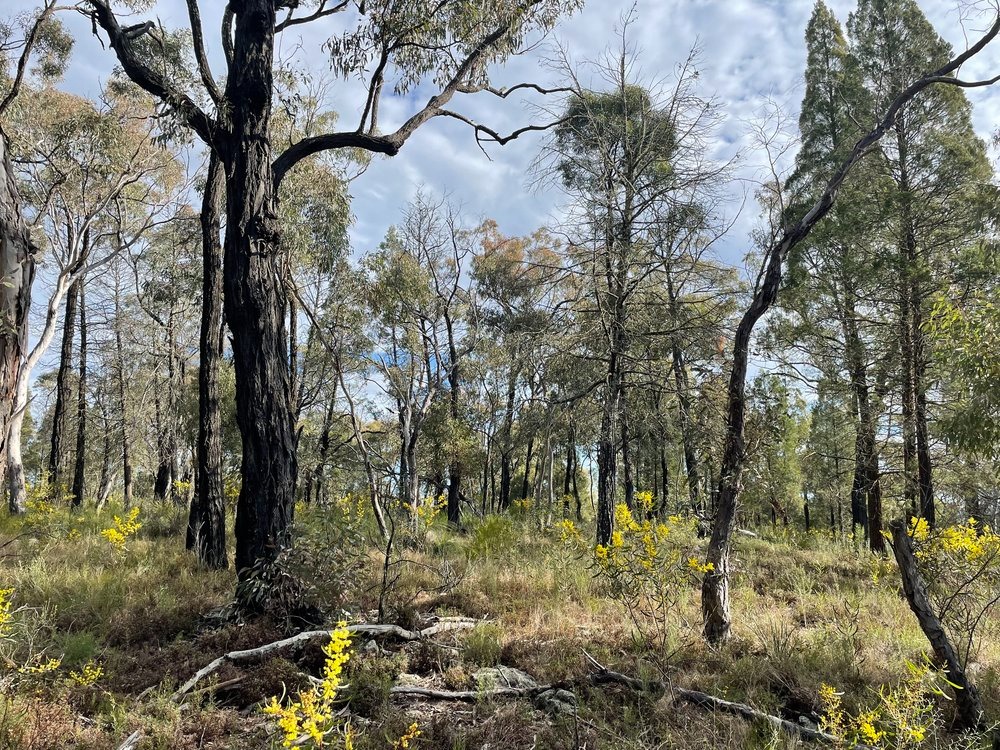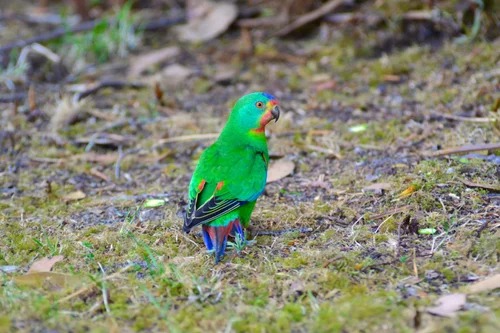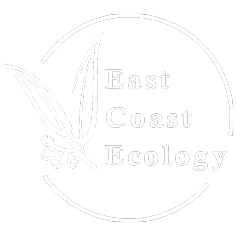
Nest Box Monitoring
Nest box monitoring is required to meet both legal obligations and conservation goals, especially where development or land management activities may impact native biodiversity.
Why is ecological monitoring required in NSW?
- Legal and regulatory compliance
Under NSW and Commonwealth legislation—such as the Biodiversity Conservation Act 2016 (NSW) and the Environment Protection and Biodiversity Conservation Act 1999 (Cth)—developers, land managers, and consent authorities have a legal obligation to avoid, minimise, and offset impacts on threatened species and ecological communities. Ongoing monitoring is often a condition of development consent, a requirement of Biodiversity Development Assessment Reports (BDARs), or part of biodiversity offset strategies. It ensures that management actions are effective and that biodiversity values are not being unintentionally degraded over time. - Adaptive management
Monitoring provides the scientific basis for adaptive management—a process where ecological data is used to adjust management strategies based on actual outcomes. For example, if monitoring reveals a decline in a threatened species population or poor nest box usage, management practices (e.g. habitat restoration or predator control) can be revised to improve effectiveness. - Demonstrating environmental performance
For infrastructure projects, developments, or public land management, monitoring shows regulators, stakeholders, and the public that biodiversity commitments are being met. This builds transparency and accountability, particularly in areas with high conservation value or community interest. - Supporting conservation and recovery
Monitoring of threatened ecological communities helps track ecosystem health, assess the success of weed control or fire management, and ensure key attributes of the community are retained. Similarly, threatened species monitoring helps identify critical breeding sites, seasonal movements, or population trends—essential for long-term species recovery planning. Nest box monitoring, commonly required when natural hollow-bearing trees are lost due to clearing, helps determine whether artificial habitat is being used effectively and whether additional interventions are needed.

When is ecological monitoring required?
- As part of a development approval or modification
- Under a biodiversity offset agreement
- For public land or reserve management
- During post-clearing or construction rehabilitation
- In response to a species management plan (e.g. for koalas, microbats, or gliders)
What Is Nest Box Monitoring?
Nest box monitoring involves:
- Checking each nest box for signs of use or occupancy (e.g. animals, nesting material, droppings)
- Identifying species using the boxes (via visual inspection, motion cameras, or endoscopes)
- Recording data on frequency, breeding activity, and condition of the box
- Assessing habitat value (e.g. whether the boxes are being used as intended)
- Maintenance checks, such as repairing or replacing damaged boxes
It’s typically carried out seasonally or annually, depending on the target species and environmental conditions.
Why Is Nest Box Monitoring Required in NSW?
You may be required to install and monitor nest boxes in NSW for several reasons:
- To compensate for loss of natural hollows
- Many development or vegetation clearing projects result in the removal of hollow-bearing trees
- As a biodiversity offset, councils or approval authorities may require you to install nest boxes to provide replacement habitat
- Legal and planning conditions
- Nest boxes are often a condition of development consent, biodiversity offset agreements, or environmental management plans
- Required under regulations associated with:
- The Biodiversity Conservation Act 2016 (NSW)
- Biodiversity Development Assessment Reports (BDARs)
- EPBC Act referrals (for Commonwealth-listed species)
- To monitor threatened species
- Some nest box programs target threatened species (e.g. Squirrel Glider, Powerful Owl, or microbat species)
- Monitoring helps determine whether these species are using the boxes and whether the habitat compensation is successful
- To assess effectiveness of conservation actions
- Nest box monitoring provides data to evaluate whether artificial habitat is functioning as intended
- If occupancy is low or boxes are unused, this may indicate the need to adjust placement, design, or habitat management
- To guide long-term ecological management
- Nest box data can be used to inform broader conservation strategies, land management plans, and adaptive habitat restoration efforts
Common Monitoring Methods
Depending on the species, monitoring may involve:
| Method | Description |
| Visual inspection | Checking boxes with binoculars or from ladders. |
| Pole cameras / endoscopes | Non-intrusive viewing of interior. |
| Motion-sensor cameras | Detects nocturnal species like gliders or bats. |
| Fauna spotters | Qualified ecologists identify and record occupants. |
| Data logging | Recording species, breeding signs, usage trends. |

